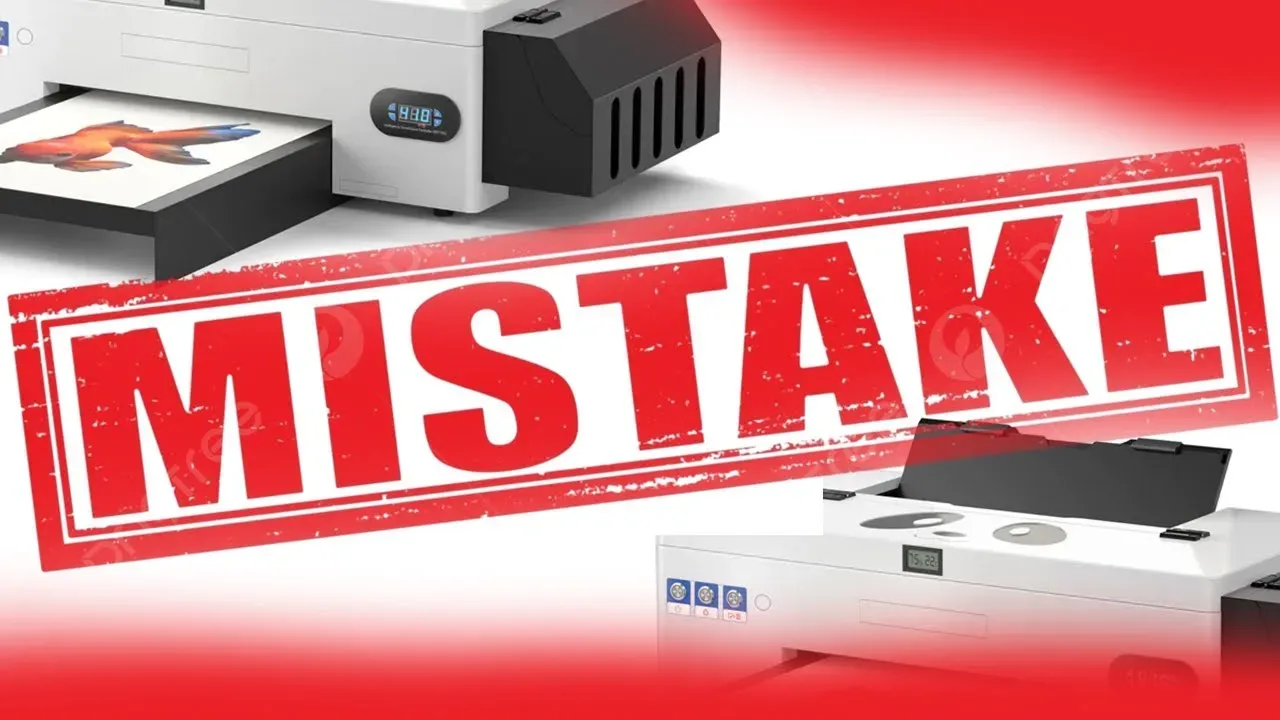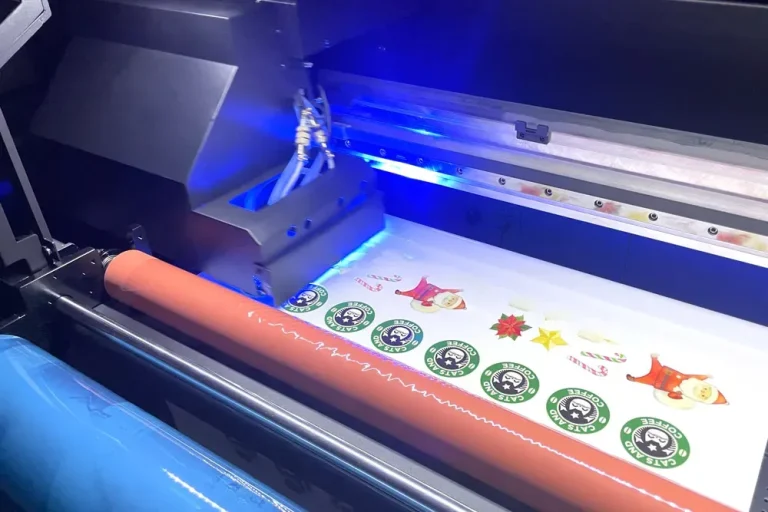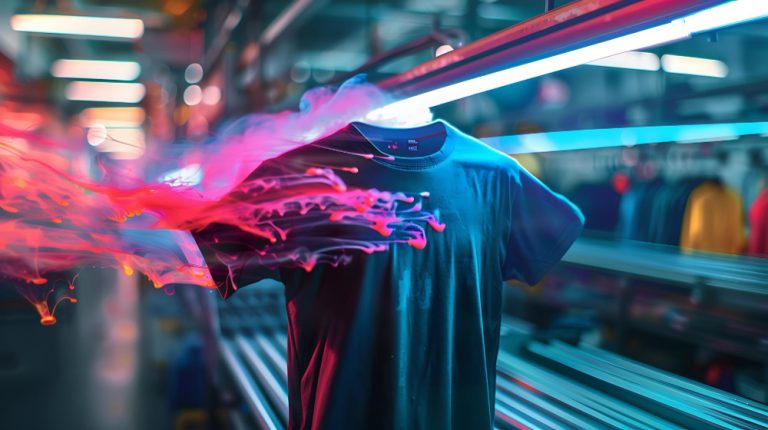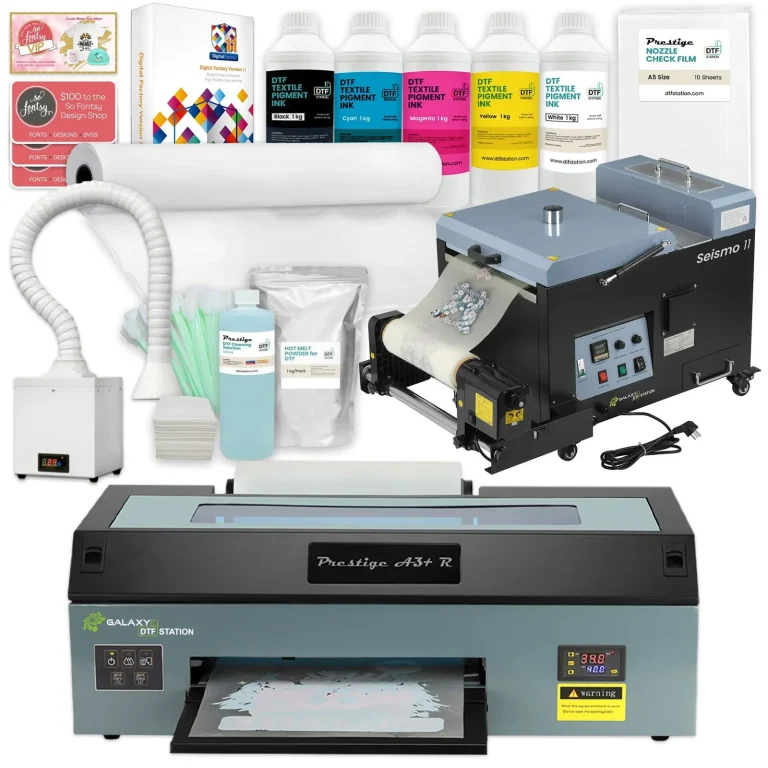DTF Printing Mistakes: Avoid These 5 for Flawless Results
When engaging in DTF printing, avoiding common mistakes is crucial to achieving stunning results and ensuring client satisfaction. DTF printing mistakes can lead to issues such as poor adhesion, dull colors, and inadequate print durability, ultimately affecting your project’s success. This guide will outline the top DTF printing errors to avoid, as well as practical DTF printing tips that can help you enhance your output. By being aware of these common DTF printing issues, you can put yourself on the path to print quality improvement that meets professional standards. So before you start your next project, read on to learn how to perfect your direct-to-film printing techniques.
Direct to Film printing, often abbreviated as DTF printing, is a cutting-edge method that allows for the seamless transfer of intricate designs onto various substrates. This printing technique has gained popularity due to its versatility and ability to reproduce vivid visuals and fine details. However, it’s essential to be mindful of specific pitfalls that can affect the final product’s quality. Addressing these frequent mishaps not only saves time and materials but also boosts overall print results and efficiency. In this discussion, we will delve into the primary mistakes to avoid to ensure every print reflects the quality and professionalism expected in the printing industry.
Understanding DTF Printing Basics
Direct to Film (DTF) printing is a cutting-edge technology that involves printing designs onto a transfer film, which is then used to transfer those designs onto various substrates. This technique is favored for its ability to reproduce intricate details with vibrant colors, making it an ideal choice for custom t-shirts, accessories, and other promotional materials. However, understanding the fundamentals of DTF printing is crucial for achieving high-quality results.
At its core, DTF printing works by first printing images onto a special film using water-based inks, which are then coated with a powder adhesive. Once heated, the adhesive melts and binds the ink to the substrate when pressed. Familiarizing yourself with these fundamental processes will help you to avoid common mistakes and improve overall print quality.
Key Techniques for Effective DTF Printing
To achieve optimal results in DTF printing, mastering effective techniques is essential. This includes understanding the ideal settings for ink density, color profiles, and the characteristics of the substrates being used. For instance, adjusting ink settings to match the material can enhance color vibrancy and improve adhesion, leading to a superior final product.
Additionally, attention to detail in each step of the process can drastically improve outcomes. From ensuring the transfer film is free of contaminants to understanding the correct compression settings for various materials, every detail matters. By honing these techniques, you can minimize errors and elevate the quality of your DTF prints.
Common DTF Printing Mistakes and How to Avoid Them
In the realm of DTF printing, being aware of the most common mistakes can significantly enhance your production quality. For instance, skipping the step of adjusting ink settings appropriately can lead to dull colors and poor image definition. This basic error can be avoided by conducting manageable tests before commencing a full production run.
Other mistakes include neglecting to maintain the print head and compromising the overall preparation of the film. By ensuring these components are regularly checked and maintained, you safeguard your printing process against costly errors and minimal waste, ultimately achieving a flawless finish.
The Importance of Film Preparation in DTF Printing
Preparing the transfer film adequately is arguably one of the most critical steps in the DTF printing process. Inadequate film preparation can lead to issues such as poor ink adhesion and suboptimal print quality. Dust, fingerprints, or any contaminants on the film can drastically affect the outcome of the print.
To ensure a successful transfer, it’s imperative to clean the film with a high-quality solvent like isopropyl alcohol, removing any residues that could impact adhesion. Taking this extra step not only streamlines the printing process but also guarantees better vibrancy and durability of the final product.
Enhancing Print Quality with Correct Temperature and Pressure
Temperature and pressure settings play a vital role in determining the success of your DTF prints. Incorrect calibration can not only lead to adhesion problems but can also compromise the look of your final product, resulting in prints that fade or crack over time.
To optimize your DTF printing results, it is essential to adhere to recommended temperature settings, which range between 300°F to 320°F, depending on the substrate. Maintaining consistent pressure during the transfer process also ensures that the print adheres properly, preventing issues like peeling or bubbling.
Testing Samples: A Crucial Step in DTF Printing
Conducting sample tests before embarking on large printing runs is a crucial step that many overlook. This practice allows you to identify potential DTF printing errors and make necessary adjustments ahead of time, thereby preventing waste and ensuring that each piece meets your quality standards.
By creating test prints, you can evaluate every aspect of the print process, from color accuracy to adhesion qualities. This not only enhances your overall print quality but also instills confidence in your ability to deliver top-notch results to your clients consistently.
Frequently Asked Questions
What are the common DTF printing mistakes that affect print quality?
Common DTF printing mistakes include inadequate film preparation, improper ink settings, neglecting print head maintenance, incorrect temperature and pressure settings, and not testing samples. Each of these errors can lead to issues like poor adhesion, dull colors, or uneven prints, ultimately compromising the quality of your final product.
How does inadequate film preparation contribute to DTF printing errors?
Inadequate film preparation can lead to poor adhesion of the ink to the film, causing uneven prints and color inconsistencies. Ensuring the film is clean and free from dust or oils before printing is crucial to achieving vibrant results during DTF printing.
What ink settings should I optimize to avoid common DTF printing issues?
To avoid common DTF printing issues, it’s essential to adjust the ink density and color profiles accurately based on the material being printed. Using RGB settings for vivid colors will enhance print quality and prevent color mismatches, resulting in better outcomes.
Why is print head maintenance critical in preventing DTF printing mistakes?
Print head maintenance is critical because neglecting it can result in ink clogs, leading to inconsistent prints and uneven color distribution. Regular cleaning and maintenance of the print heads help ensure even ink flow and improved print quality in DTF printing.
How do temperature and pressure settings impact DTF printing results?
Temperature and pressure settings greatly impact DTF printing results as incorrect calibrations can lead to adhesion issues or damage to the prints. Always use the recommended settings, typically around 300°F to 320°F with medium pressure, to ensure optimal print durability and quality.
What is the importance of testing samples before full DTF printing runs?
Testing samples before full DTF printing runs is crucial as it helps identify potential issues early on, preventing significant waste of materials and time. By creating test prints, you can ensure that your final products meet the desired quality standards and reduce the chances of defective outcomes.
| Mistake | Description | Tip |
|---|---|---|
| Inadequate Film Preparation | Poor adhesion of ink to the film can result in a subpar product. | Clean the film thoroughly with isopropyl alcohol before printing. |
| Improper Ink Settings | Incorrect ink settings can lead to color mismatches or dull prints. | Adjust ink density and use RGB settings for vibrant colors. |
| Neglecting Print Head Maintenance | Ink clogs from unmaintained print heads can cause inconsistent quality. | Regularly clean and maintain print heads to prevent clogs. |
| Incorrect Temperature and Pressure Settings | Improper settings can damage prints and affect durability. | Use 300°F to 320°F with medium pressure for optimal results. |
| Not Testing Samples | Skipping sample tests can lead to waste and defects in products. | Always create a test print before mass production. |
Summary
DTF printing mistakes can significantly impact the quality of your prints, leading to unsatisfactory results and customer disappointment. It’s essential to understand and avoid the common pitfalls associated with this printing technique. By focusing on proper film preparation, ensuring correct ink settings, maintaining the print head, accurately adjusting temperature and pressure, and testing samples before production, you can greatly enhance the final output of your DTF prints. Implementing these strategies not only improves print quality but also helps maintain a positive relationship with your customers, ensuring they receive the professional results they expect.







